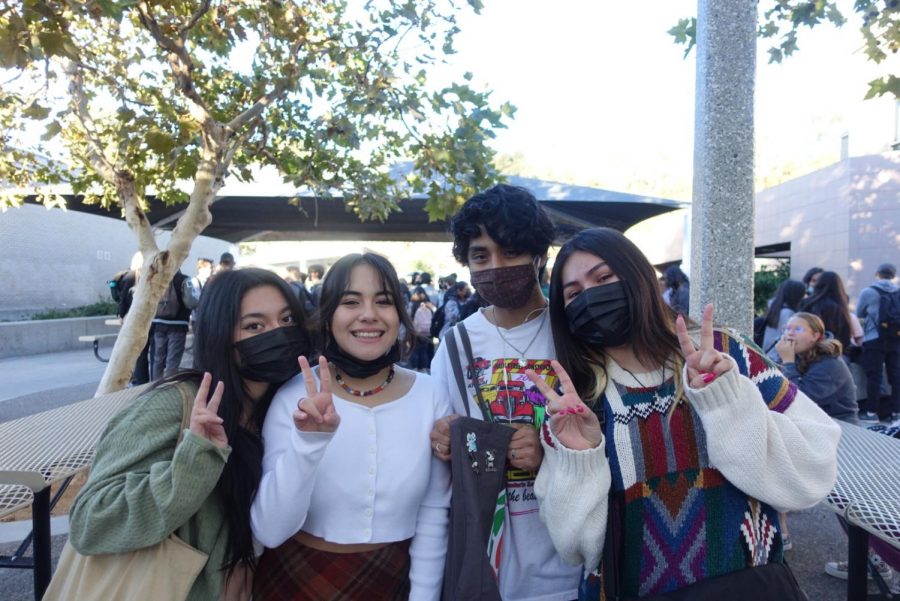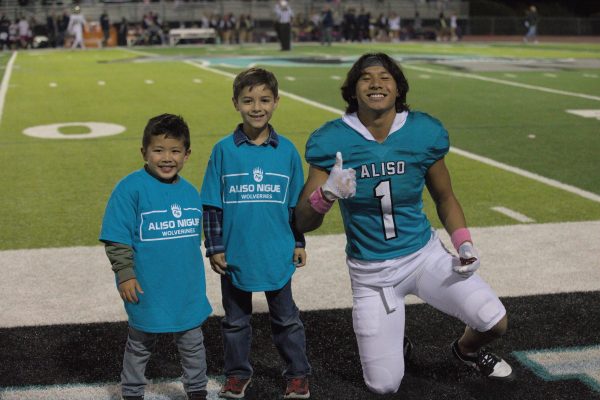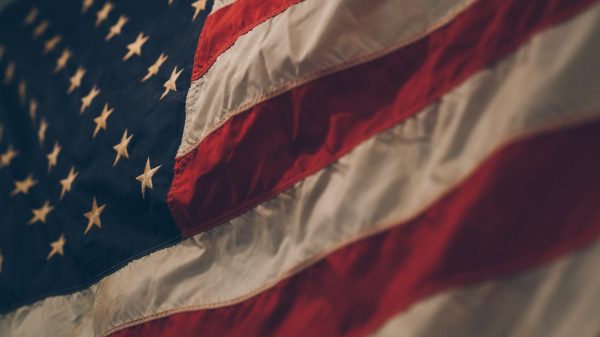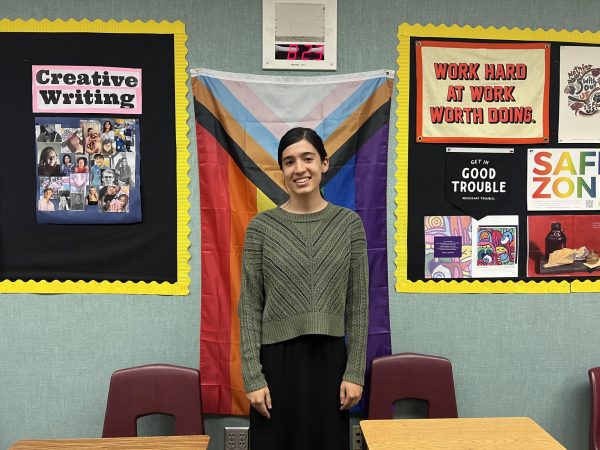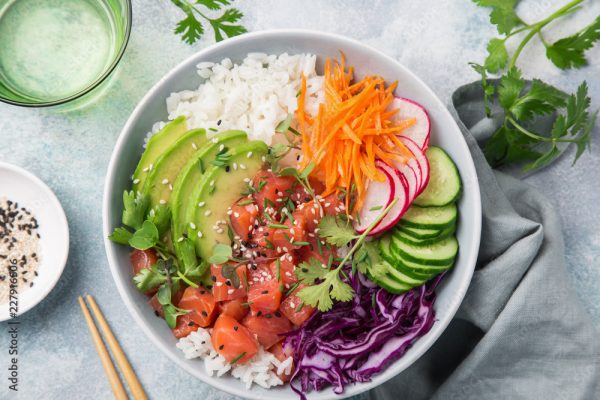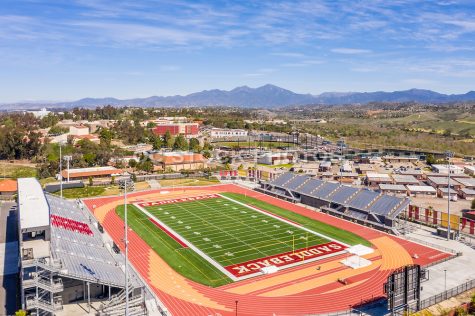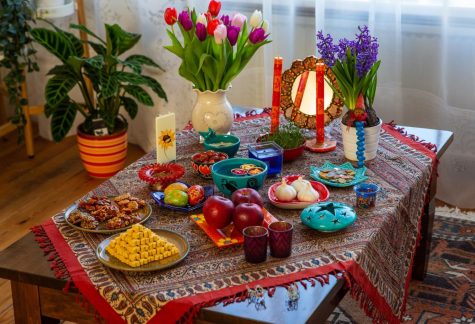Celebrating Hispanic Heritage Month
Beginning on Sept.15, when many Latin American countries celebrate their independence day, Hispanic Heritage Month is a time to commemorate the achievements and influence of Hispanic figures and culture in the United States.
The event was first proposed by President Lyndon Johnson in 1968 as a week long observance, it has since evolved into a month long celebration to better organize and coordinate activities for communities.
Large cities with high hispanic populations are typically the epicenters of activities such as parades and dances across the country. In addition, it is also a time to acknowledge and remember struggles that this community has faced over the years and those who have made positive change.
“Being Mexican American, it is important for my community to be recognized for our achievements and contributions as well as appreciate and learn about our culture,” Sophia Marquez (11) explained.
For those looking to grasp a better understanding of the life of Latin American immigrants and the harsh reality many of them face farmworkers, “The Book of Unknown Americans” by Cristina Henríquez is a book that speaks on these issues. Facing racism and grueling hours, the story follows an immigrant family that encounters problems all too familiar to latinos.
Similarly, many hispanic artists have had a heavy influence on western culture. The famous Frida Kahlo made paintings that incorporated the vibrant colors typical of Mexican culture while also featuring indigenous aspects in her art.
Hispanic Artists:
David Alfaro Siqueiros was a famous painter, he used his paintings as ways to express his point of view in Mexican politics. Alongside Diego Rivera, and Javier Guerrero, Siqueiros started a weekly paper called El Machete.
Frida Kahlo was a painter, out of 143, 55 of those were self-portraits. Throughout her paintings, she spread Mexican culture, which made her become the founder of the Ministry of Public Education. The Ministry of Public Education was a group formed by 25 other artists to spread and educate others on Mexican culture.
Miriam Jiménez Román is an author who has written a book called, The Afro-Latin@ Reader History and Culture in the United States. This book is to raise awareness of Afro Latinos/as and educate readers on the gap between Latinos/as and the African-American community, a gap which affects Afro Latino/as.
Piri Thomas wrote Down these mean streets, in which he talked about the discrimination that Afro Latinos/as faced. These discrimination actions were taking part from family themselves or from society. Throughout his book, many non Afro Latinos/as saw the struggles that Afro Latino/as faced.
Hispanic leaders:
Cesar Chavez was a civil rights activist who used a method of peaceful protesting to raise awareness and better pay and conditions for migrant workers. Together with Dolores Huerta, he co-founded the National Farm Workers Association, which later became the United Farm Workers labor union.
Sylvia Rivera was an advocate for LGBTQ+ community, mostly focusing on transgender people of color. Before seeking rights for lgbtq rights, Rivera was also involved in the Black Liberation movement, which seeked equality for Black people. Around 1971, Rivera started the Street Transvestite Action Revolutionaries (STAR), which helped with housing many for those who needed it.
Dolores Huerta was an activist for civil rights for Hispanics such as equal work pay and safer working conditions. In 1955, Huerta co-founded the Community Service Organization, which fought for economic improvements for Hispanics. In 1962, she co-founded the National Farm workers Association with Cesar Chavez. Dolores Huerta still continues to fight for Agricultural workers rights.
Hispanic Heritage is important because it’s a way for people to celebrate the contributions that the Hispanic community brings, whether it’s economically or culturally. Throughout Hispanic Heritage, people get to learn more about the culture and a community that goes through hardships together, rather than alone.
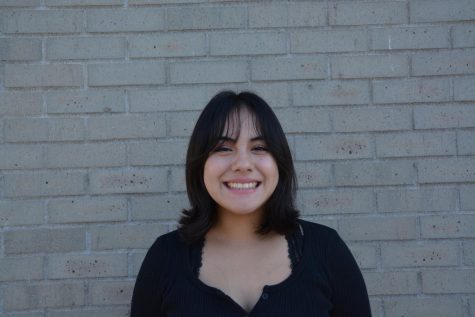
Ashley is a senior at Aliso Niguel High School. This is her third year writing for the Growling Wolverine Newspaper and she is now a Senior Editor. In...
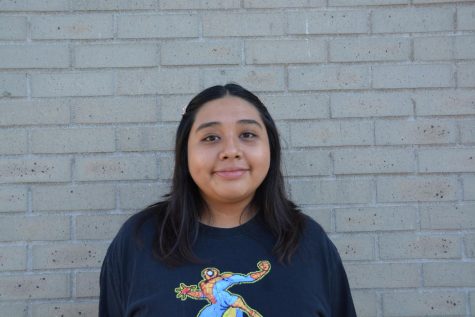
Jaylenne is a senior in high school, and likes listening to music and editing. She also enjoys writing articles.
